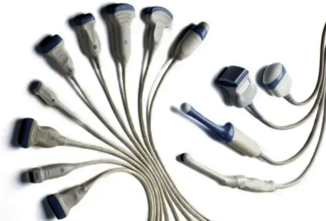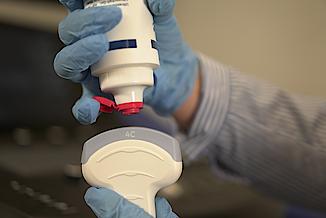
Let’s take care of your probes together!
The user has the biggest chance to notice any changes in the diagnostic image as quickly as possible. The earlier the damage is diagnosed, the higher is the chance for a less complicated & cost generating repair.
- Probe Care
- Proper Handling
- Downloads
Patients safety is a priority
Do you know how important cleaning and disinfecting of your probes is for maximizing your patients safety? Do you know that you have really big influence on your probes condition? This page provides necessary information to keep your probes in the best condition for as long as possible.
Did you know that…
More than 80% of ultrasound probe handles remain contaminated when not disinfected? 4,5
80 000 patients a day are affected by at least one case of HAI in Europe?2
The good thing is…
35-55% of infections can be prevented using existing infection prevention solutions.3
Effective High-Level Disinfection (HLD) of ultrasound probes is a crucial factor against the spread of HAIs.
Preventing cross contamination
The risk of cross-contamination is real but underestimated. Adequate cleaning and disinfection between patient exams is necessary to prevent disease transmission. The level of disinfection required is based on the potential risk of infection to a patient.
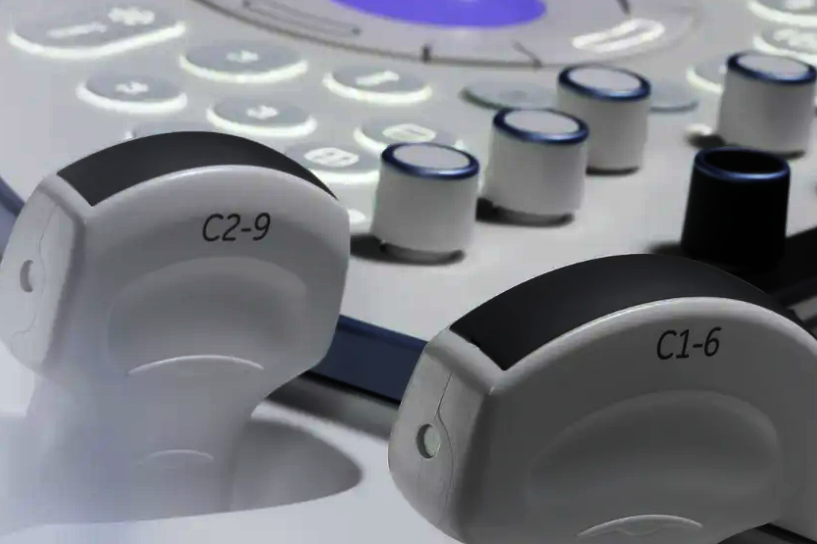
Cleaning
Cleaning must be completed before disinfection can take place. Remember to clean & disinfect your probes after each scanning.
Do you know that up to 9% of barrier sheats and condoms leak? Therefore, it is important to make proper cleaning of your probes even when using a probe cover.
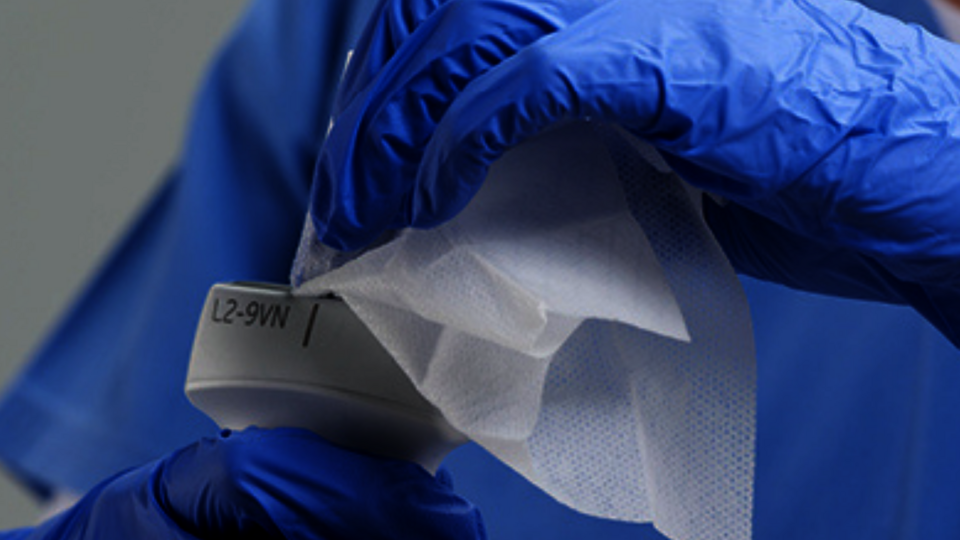
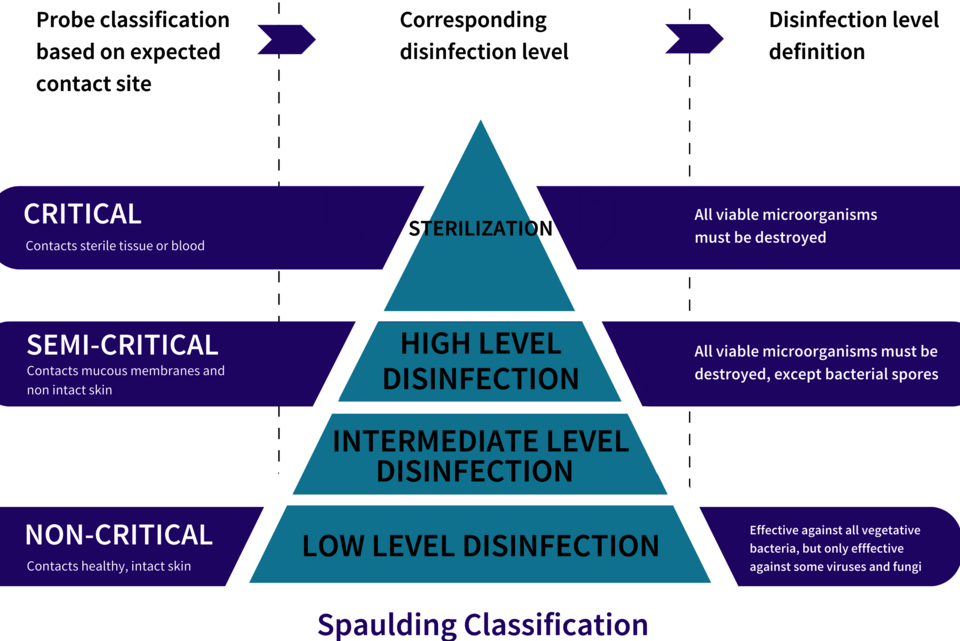
Spaulding classification
All Ultrasound exams do not require the same level of disinfection. The Spaulding Classification is a representative system that help user decide which level of disinfection would be appropriate based on the potential risk of infection to a patient.
Disinfection
Adequate cleaning and disinfection between patient exams is necessary to prevent disease transmission. The level of disinfection required is based on the potential risk of infection to a patient. For procedures leveraging an endocavitary probe, high-level disinfection is required.
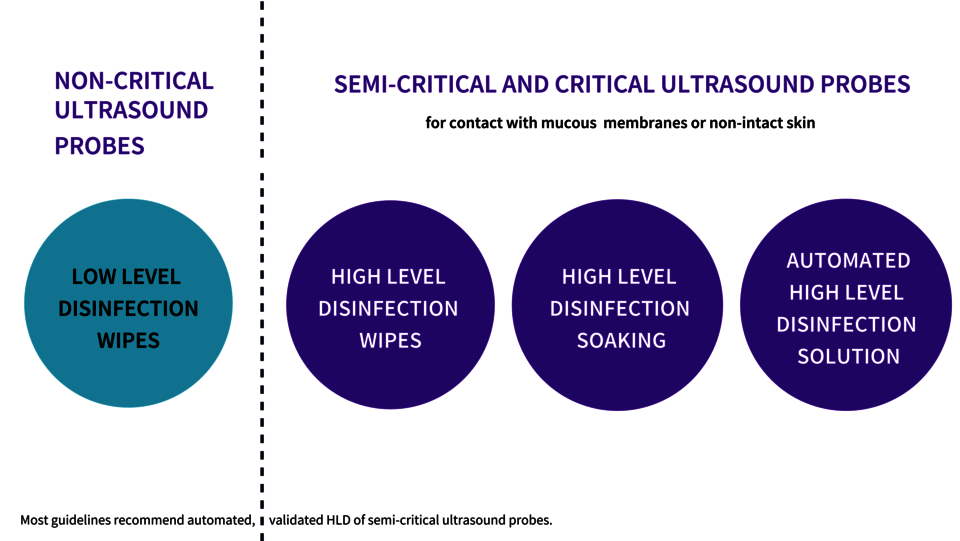
Important information
Adequate cleaning and disinfection between patient exams is necessary to prevent disease transmission. The level of disinfection required is based on the potential risk of infection to a patient. For procedures leveraging an endocavitary probe, high-level disinfection is required.

Ultrasound transducers
Use only products approved by the manufacturer, the composition of which does not threaten the life of probes. Read the Important Notices for selected compatible products and probe combinations.

References
- Currie, et. Al. https://www.ncbi.nim.nih.gov/pubmed/29395507
- ECDC. https://ecdc.europa.eu/en/healthcare-associated-infections-acute-care-hospitals
- Schreiber, et. Al.
- Buescher DL, et al. Ultrasound Obstet Gynecol 2016;47(5): 646-651.
- Ngu, A., et al. (2015). Infect Control Hosp Epidemiol 36(5): 1-4.
Proper Handling
How to handle your ultrasound probe?
Probes are key and expensive elements of the ultrasound chain but also the most sensitive. They should be used with caution, examined before and after each procedure, handled, cleaned and disinfected following the proper procedures. This is to ensure optimal functioning so that the proper diagnosis can be established.
Real examples of disturbance
Avoiding cleaning and disinfecting your probes can lead to critical & threatening contaminations:

Did you know that more than 80% of ultrasound probe handles remain contaminated when not disinfected? 4,5
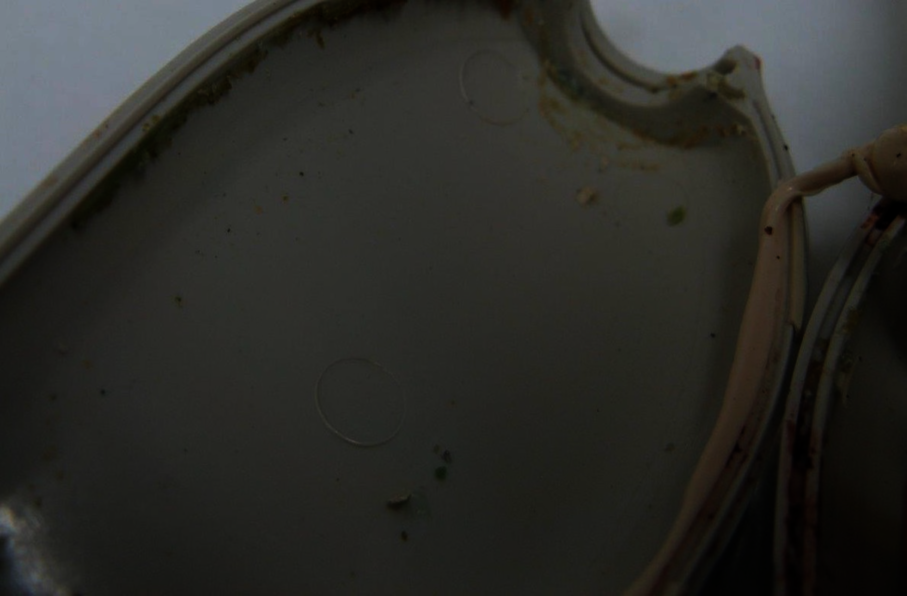
Did you know that 80 000 patients a day are affected by at least one case of HAI in Europe?2

The good thing is 35-55% of infections can be prevented by using existing infection prevention solutions.

Effective High-Level Disinfection (HLD) of ultrasound probes is a crucial factor against the spread of HAIs.

Adequate cleaning and disinfection between patient exams is necessary to prevent disease transmission.
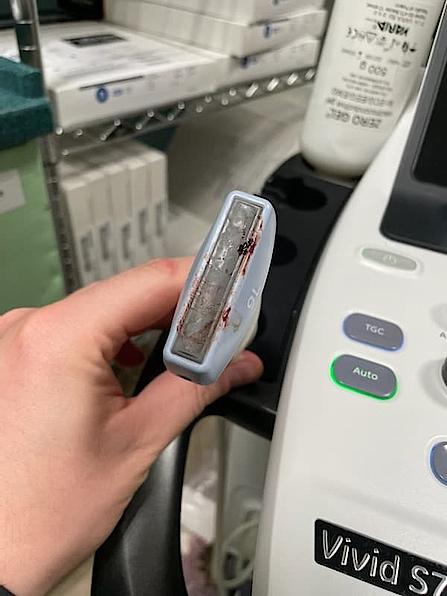
The risk of cross-contamination is real but underestimated.
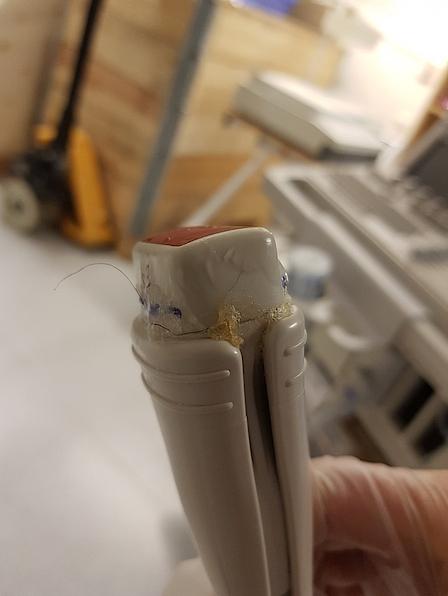
Use only approved gels and disinfecting products. These substances affect the life of probes.
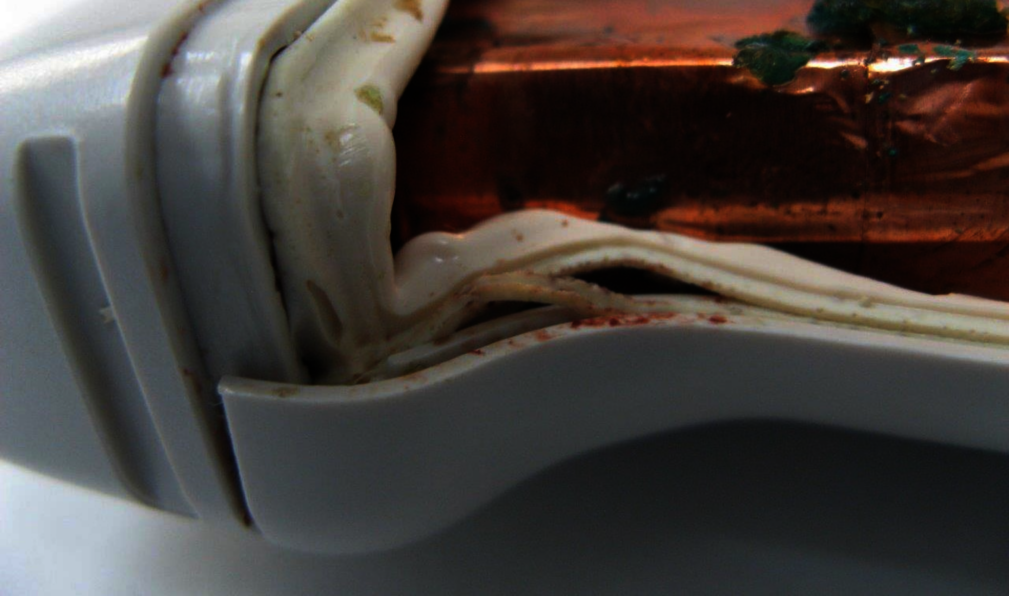
Preventing cross contamination is key in the healthcare world.
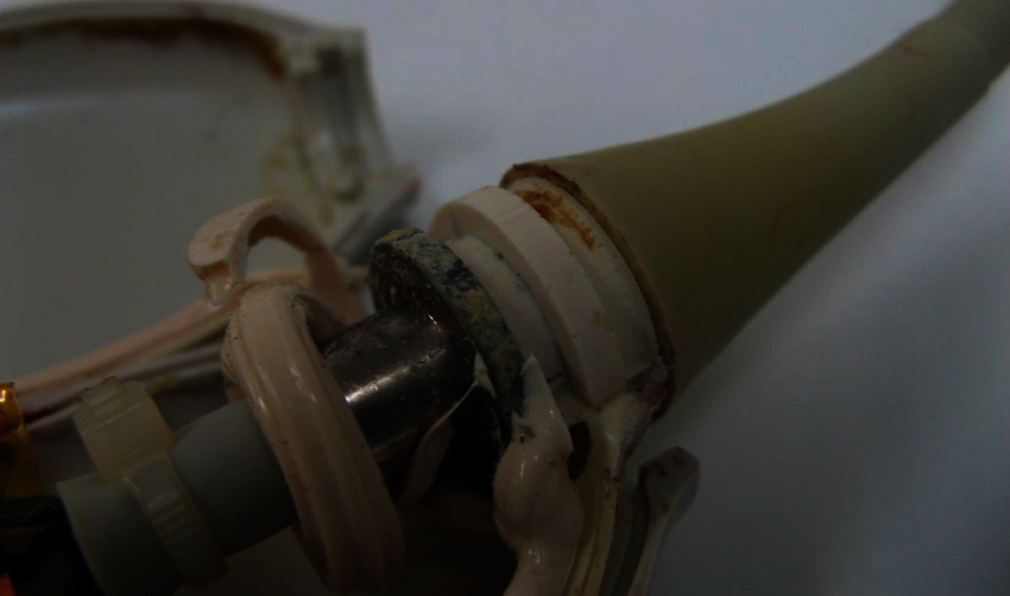
Cleaning must be completed before disinfection can take place. Remember to clean & disinfect your probes after each scanning.
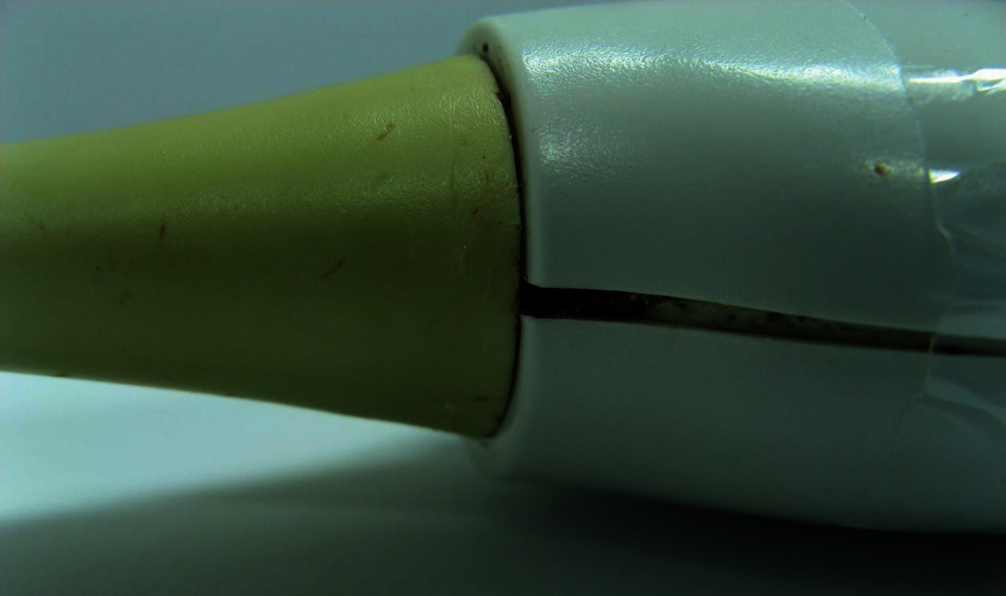
The level of disinfection required is based on the potential risk of infection to a patient.
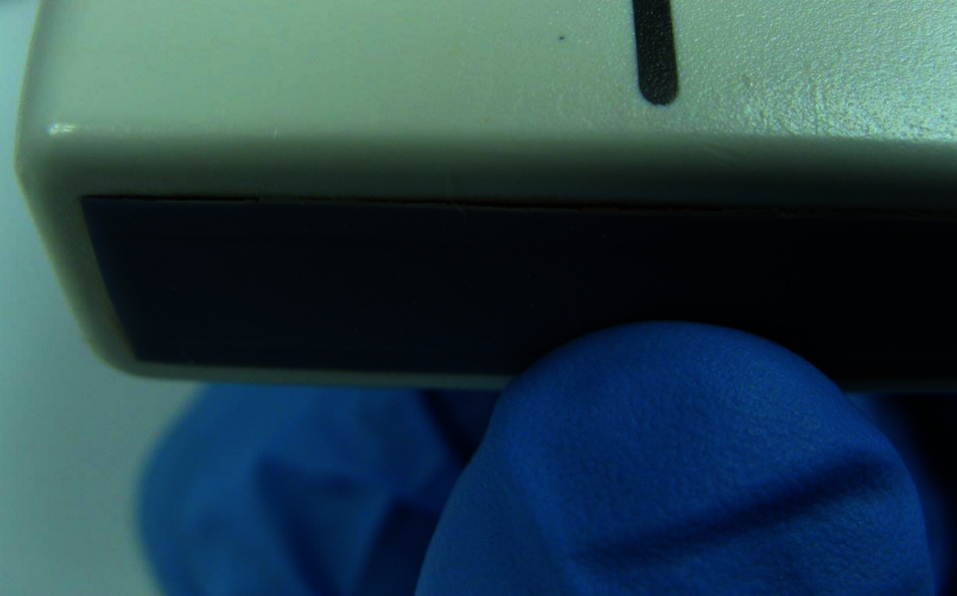
Do not use probes with a damaged housing, shaft, strain relief, cable assemblies or acoustic lens.



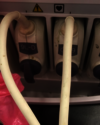
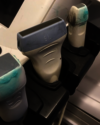
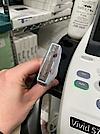





Keep your strain straight and avoid pushing on cable strain reliefs.
Strain reliefs shouldn’t be rotated and pushed on.

Strain reliefs shouldn’t be rotated.
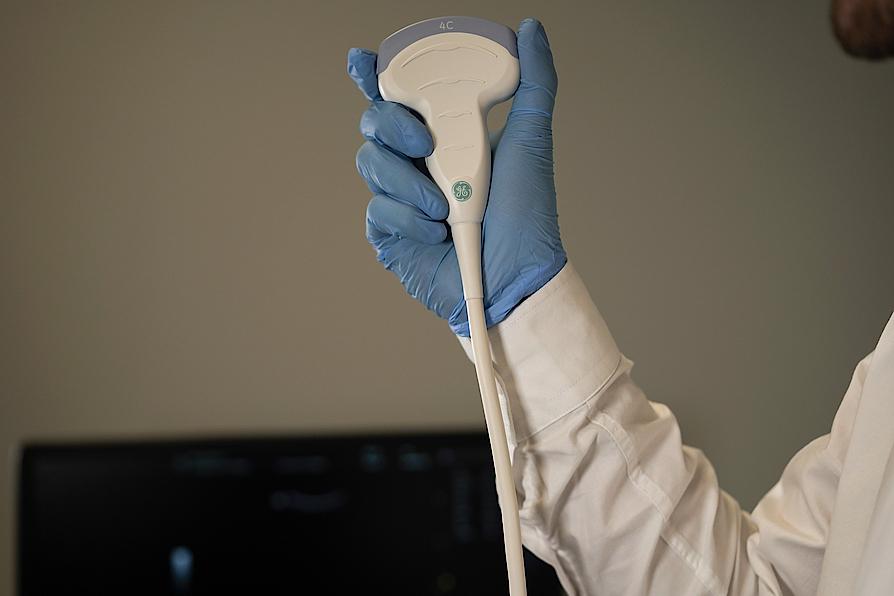
Keep your strain straight.
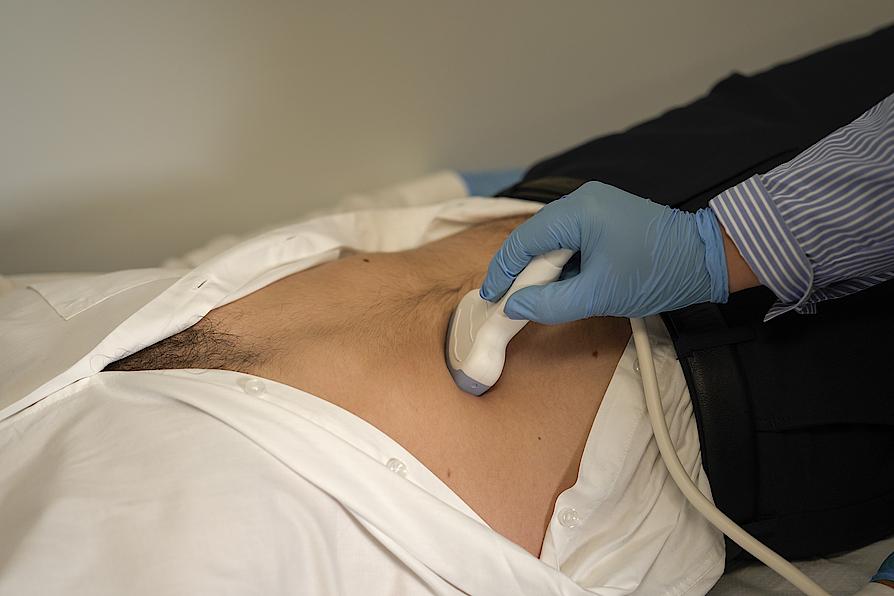
Don’t push on cable strain relief.
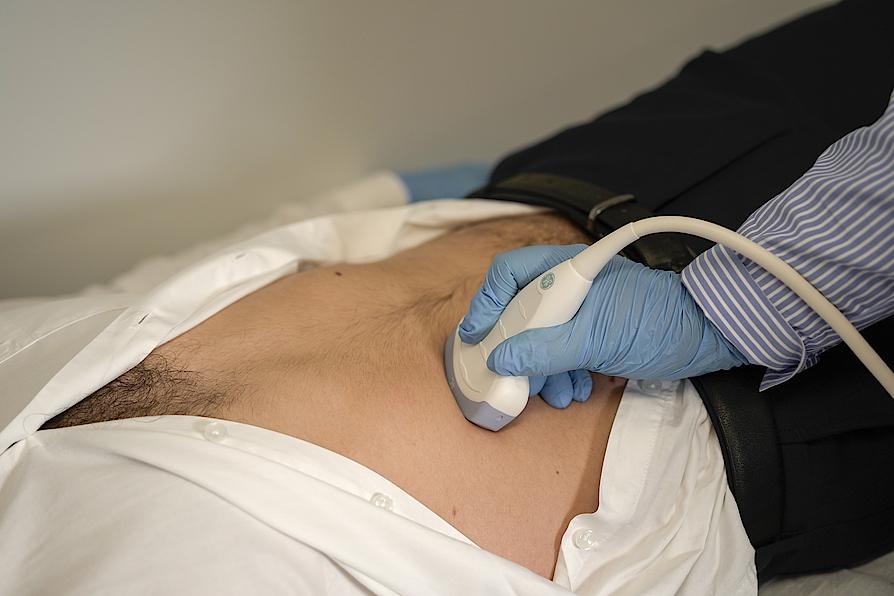
Don’t push on cable strain relief – above you can see the proper holding way.

Real example of damage.
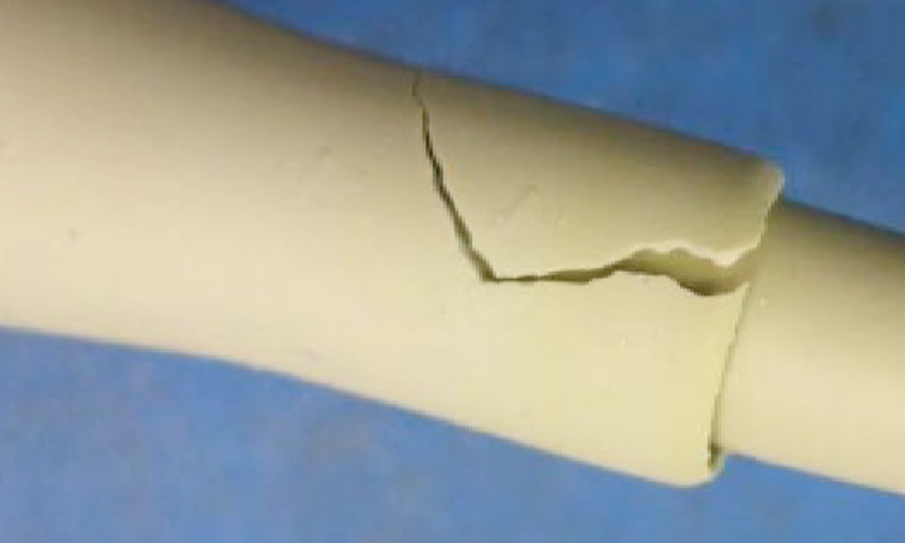
Real example of damage.

Strain reliefs shouldn’t be rotated and pushed on.







Acoustic window can be damaged in multiple ways
Any hard and abrasive material coming in contact with the acoustic lens may damage the probe and reduce image quality. Use caution when applying coupling gel.
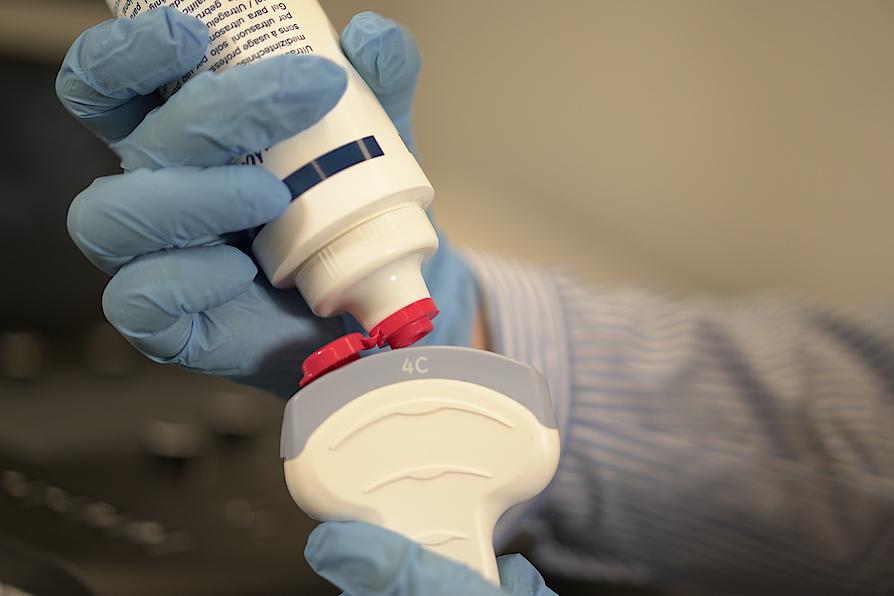
Keep enough space between the gel bottle and acoustic lens.
Any hard and abrasive material coming in contact with the acoustic lens may damage the probe and reduce image quality.
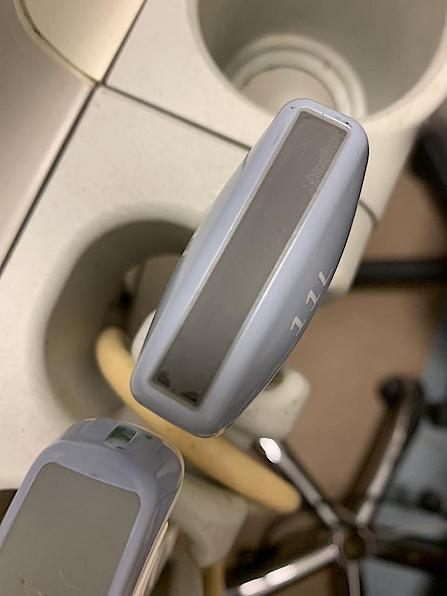
Don’t soak probes in any liquid for longer than the recommended period according to the chemical manufacturer.
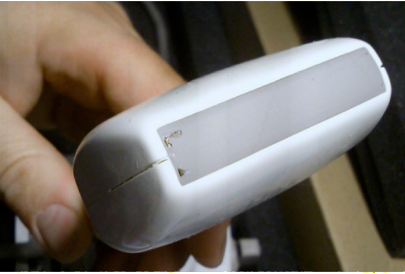
Avoid sudden changes in temperature and long-term exposure to sunlight and strong UV radiation falls.

Avoid probes dropping, impact or hitting.

Acoustic lens can be damaged in multiple ways.
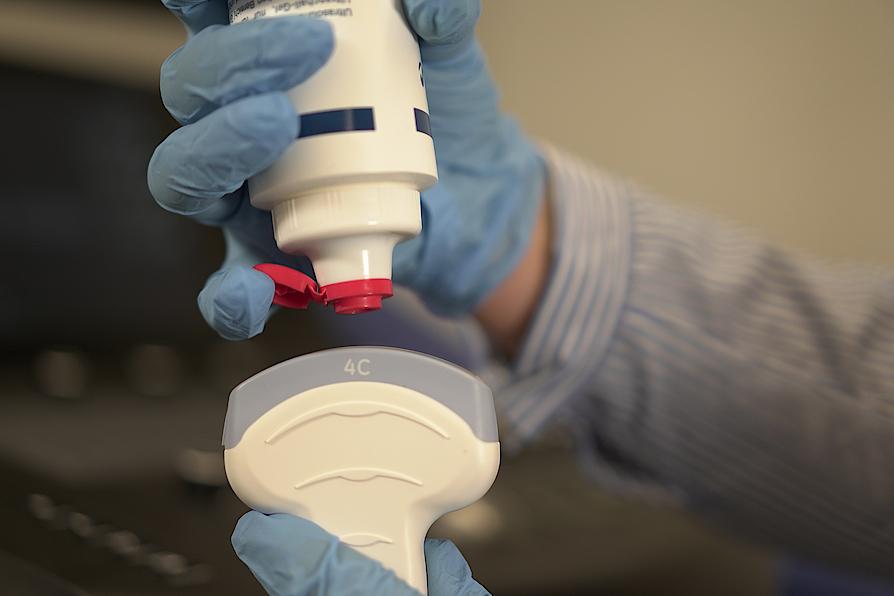
Keep enough space between the gel bottle and acoustic lens.
Use caution when applying coupling gel.


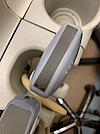





Handle the probe plug components gently and avoid getting it wet.
Don’t overstretch the cables & don’t allow them to touch the floor – you may run them over while moving your system.

Don’t allow your cables to touch the floor.
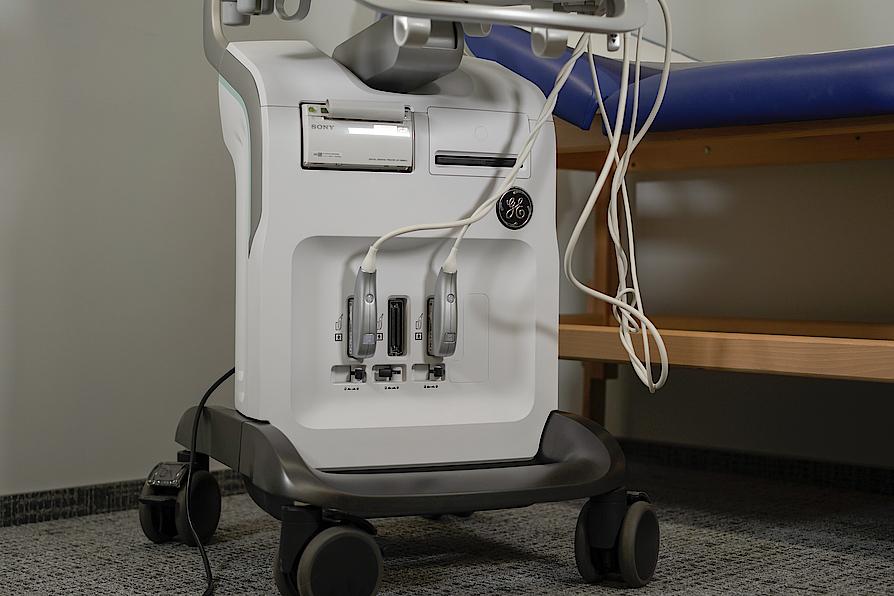
When transporting, maintain control of cables and system connectors. Use protective accessories if possible.
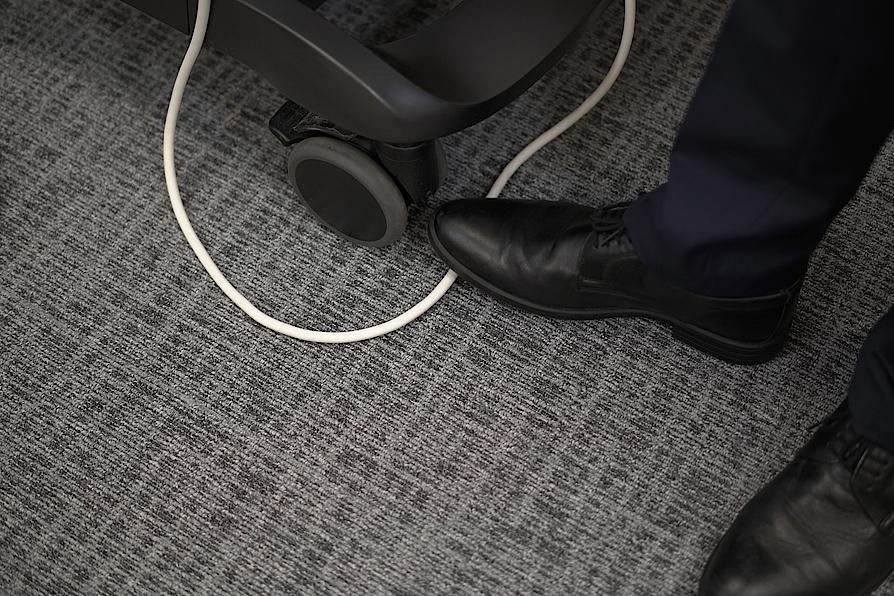
Don’t allow your cables to touch the floor.
Don’t overstretch the cables.
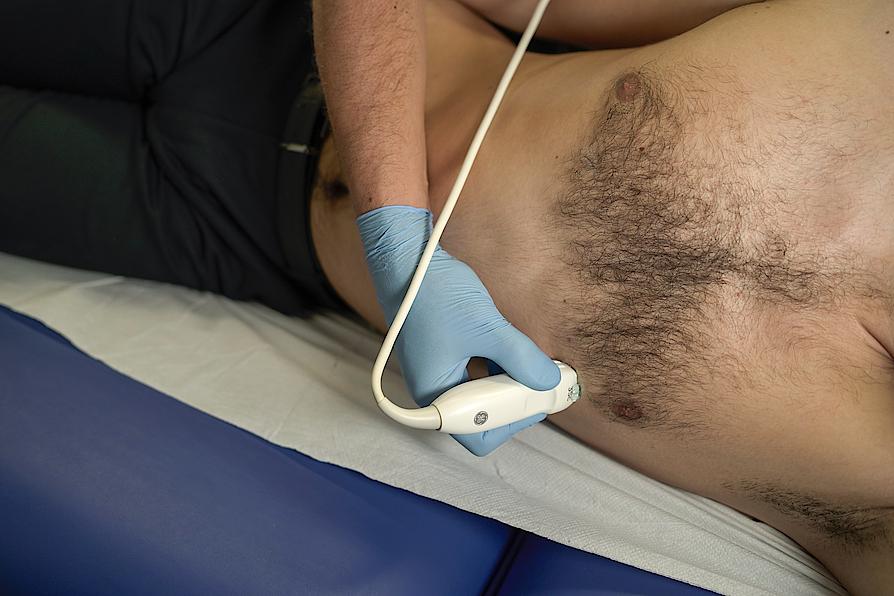
Don’t overstretch the cables.
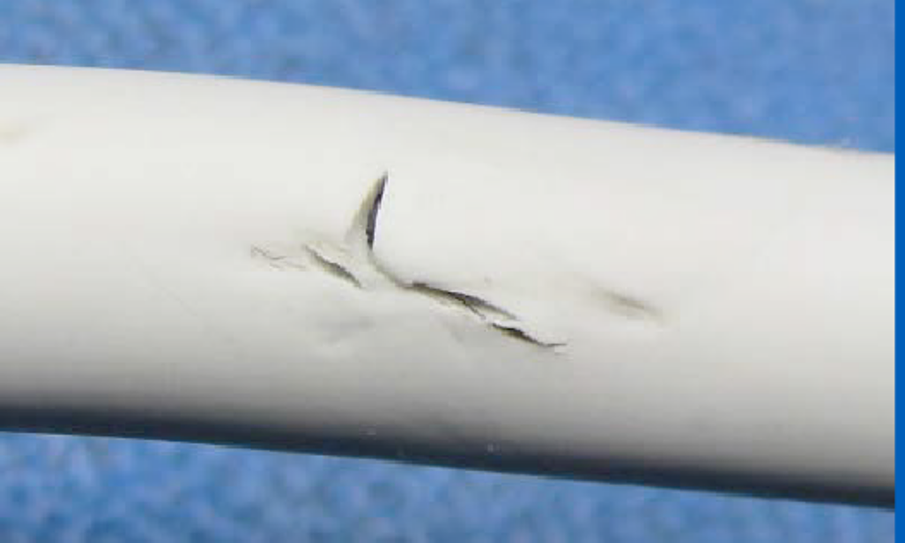
Real example of damage.
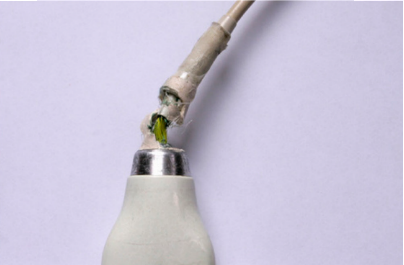
Real example of damage.

Real example of damage.
Remove cables protecting foil after receiving your probes.

Don’t overstretch the cables – the photo above shows a proper way to organize them.
Handle the probe plug components gently and avoid getting it wet.












